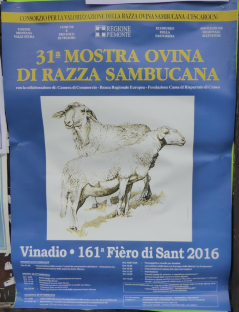桑布卡纳的制作:关于记忆、身体和生物遗产的生产。
IF 0.7
1区 哲学
Q4 BIOLOGY
引用次数: 0
摘要
本文提出了生物遗产的概念。通过考虑当地独特品种的桑布卡纳羊(Sambucana)的工作,详细说明了这只羊是如何使肉类、奶酪和羊毛市场之间的离心关系得以整合的,这些市场来自过去三个世纪以来穿越同一地区的许多其他羊。这种整合将身体、记忆和消费结合在一起,说明了生物遗产的独特性,并促进了对更广泛的社会和文化进程的理解。本文章由计算机程序翻译,如有差异,请以英文原文为准。

The Making of the Sambucana: On Memory, the Body, and the Production of Bioheritage.
This paper develops the concept of bioheritage. It does so by considering the work of a local and distinct breed of sheep, the Sambucana, detailing how this sheep has enabled the integration of otherwise centrifugal relations between markets for the meat, cheese, and wool derived from the many other sheep that have traversed the same locality over the past three centuries. Such integration binds bodies, memory, and consumption in a manner that illustrates the distinctiveness of bioheritage and advances understanding of wider social and cultural processes.
求助全文
通过发布文献求助,成功后即可免费获取论文全文。
去求助
来源期刊

Journal of the History of Biology
生物-科学史与科学哲学
CiteScore
1.40
自引率
12.50%
发文量
29
审稿时长
>12 weeks
期刊介绍:
The Journal of the History of Biology is devoted to the history of the life sciences, with additional interest and concern in philosophical and social issues confronting biology in its varying historical contexts. While all historical epochs are welcome, particular attention has been paid in recent years to developments during the nineteenth and twentieth centuries. JHB is a recognized forum for scholarship on Darwin, but pieces that connect Darwinism with broader social and intellectual issues in the life sciences are especially encouraged. The journal serves both the working biologist who needs a full understanding of the historical and philosophical bases of the field and the historian of biology interested in following developments and making historiographical connections with the history of science.
 求助内容:
求助内容: 应助结果提醒方式:
应助结果提醒方式:


